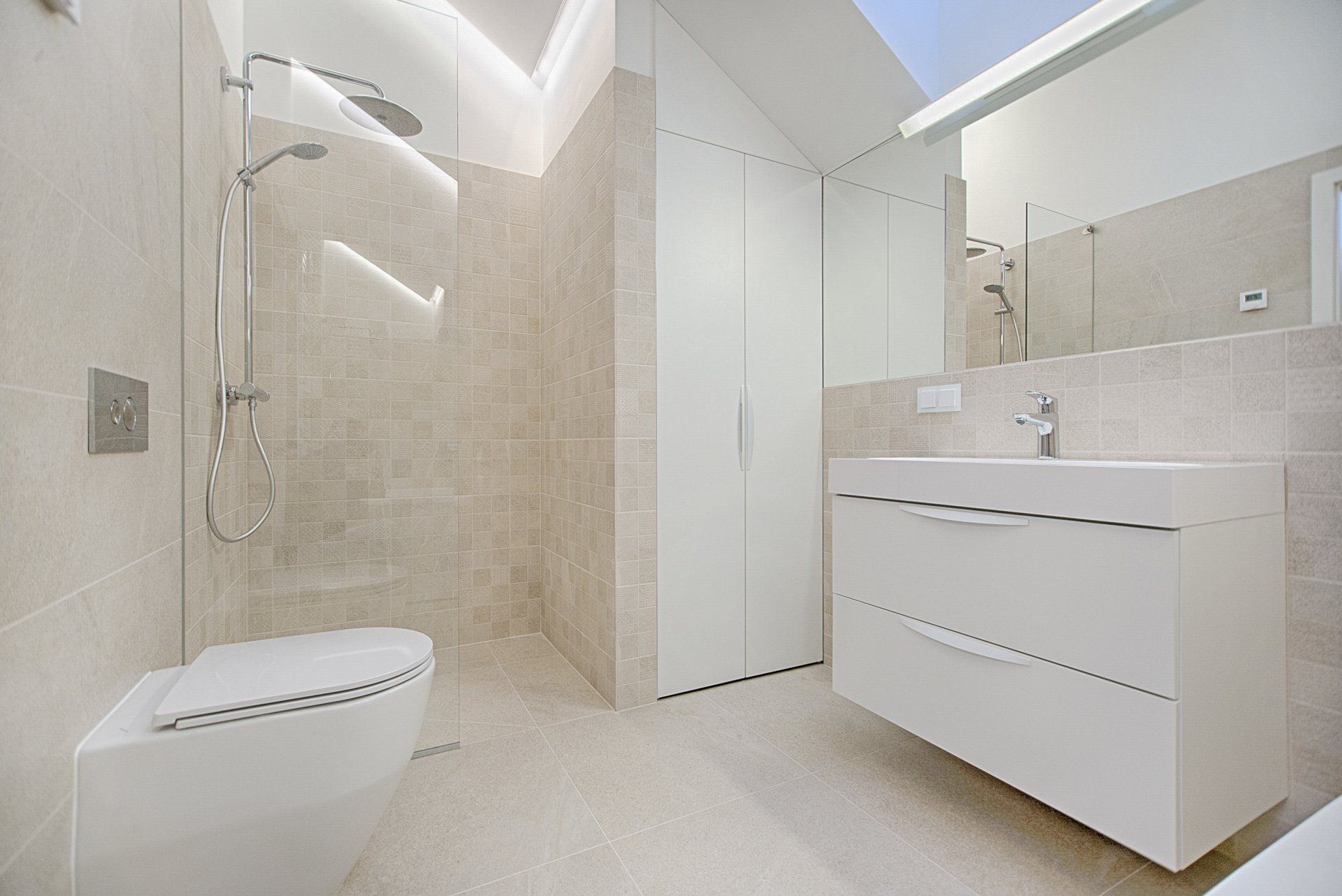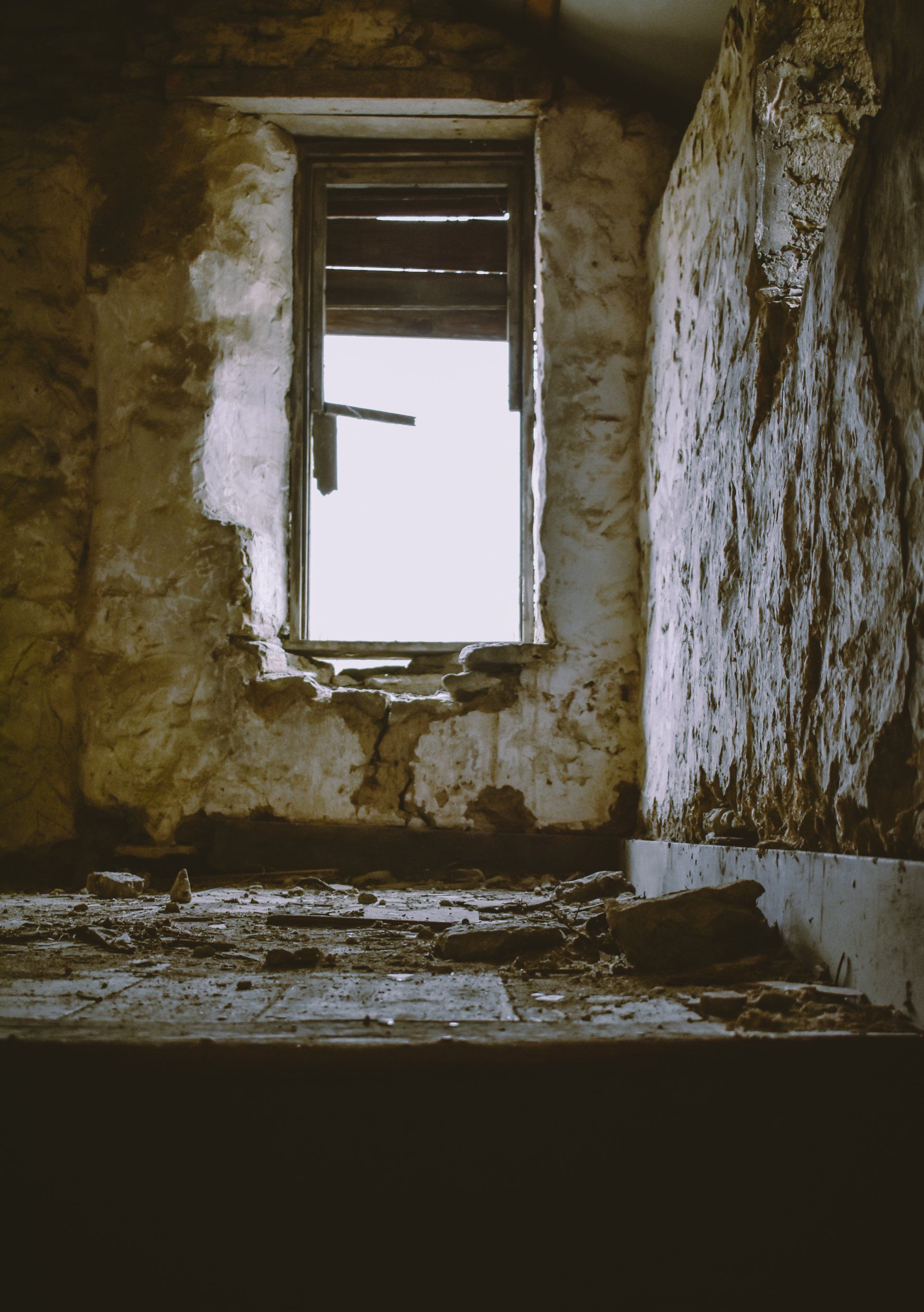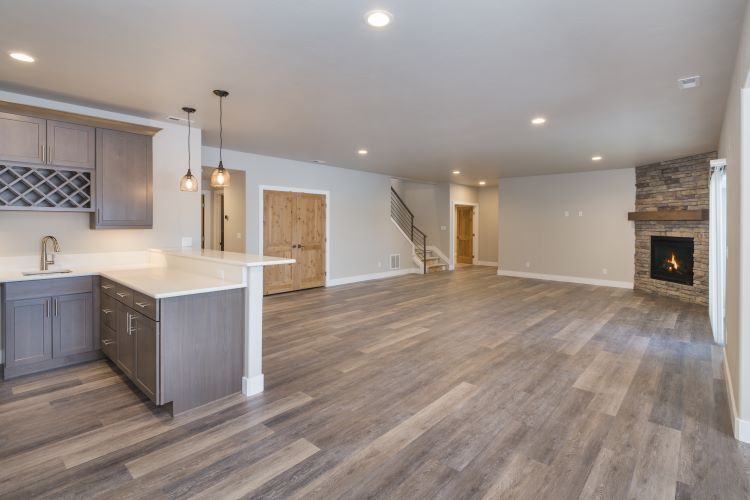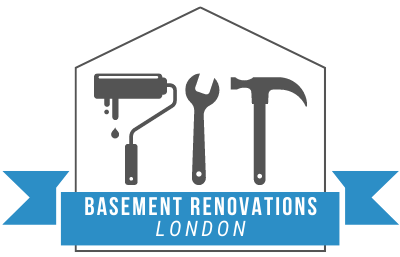Creating a Spa-Like Atmosphere: The Essentials for a Relaxing Bathroom Renovation

When it comes to bathroom renovations, the trend towards creating spa-like atmospheres is growing in popularity. As more homeowners seek to transform their bathrooms into serene retreats, understanding the key elements that contribute to this tranquil environment becomes essential. Whether you're planning a complete overhaul or simply looking to refresh your space, here are the essentials for crafting a relaxing, spa-like bathroom in your London, Ontario home.
1. Choose a Calming Color Palette
The foundation of any spa-like bathroom is its color scheme. Soft, neutral tones such as whites, beiges, and greys create a calming backdrop that promotes relaxation. Shades of blue and green, inspired by nature, can also enhance the tranquil vibe. When choosing colors, think of the spaces that relax you the most—natural and muted tones work best for creating a soothing atmosphere.
2. Incorporate Natural Materials
Natural materials like wood, stone, and bamboo bring warmth and texture to a bathroom, mimicking the serene environments found in luxury spas. Consider wooden vanities, stone countertops, and bamboo accessories to create an organic feel. Adding indoor plants, such as ferns or orchids, can further enhance the connection to nature while purifying the air and adding a touch of greenery.
3. Invest in Quality Lighting
Lighting plays a crucial role in setting the mood in a spa-like bathroom. Layered lighting is key, combining ambient, task, and accent lighting to create a balanced and inviting space. Dimmer switches allow you to adjust the lighting to suit your mood, whether you're preparing for the day ahead or unwinding with a relaxing bath. Consider incorporating soft, warm lighting around mirrors and over the bathtub to enhance the tranquil atmosphere.
4. Focus on Fixtures and Hardware
The fixtures and hardware in your bathroom can significantly impact its overall feel. Opt for sleek, modern designs with clean lines to create a sophisticated look. Matte black, brushed nickel, or chrome finishes are popular choices that add a touch of elegance. For a more luxurious feel, consider installing a rainfall showerhead or a freestanding bathtub with a deep soak option—these features can elevate the spa-like experience.
5. Create a Sense of Space
Spas are known for their open, uncluttered layouts. Even in smaller bathrooms, you can create a sense of space by minimizing clutter and opting for smart storage solutions. Floating vanities, recessed shelving, and built-in niches can help keep your bathroom organized while maintaining a clean and open feel. The goal is to create a space where every item has its place, contributing to a calm and clutter-free environment.
6. Enhance Comfort with Heated Flooring and Towel Warmers
Comfort is a key component of any spa-like bathroom. Heated flooring is a luxurious addition that ensures your feet stay warm and cozy, even on the coldest mornings. Similarly, towel warmers offer a touch of indulgence by providing toasty towels after every shower or bath. These features not only enhance comfort but also add to the overall spa experience.
7. Incorporate Aromatherapy
Aromatherapy is an essential element in creating a spa-like atmosphere. Scented candles, essential oil diffusers, or even a small steam room with herbal infusions can transform your bathroom into a sensory haven. Choose calming scents like lavender, eucalyptus, or chamomile to promote relaxation and well-being. Incorporating these elements into your bathroom design can help you unwind and de-stress at the end of a long day.
8. Include Soothing Sounds
Sound plays a significant role in the spa experience. Consider installing a waterproof Bluetooth speaker or sound system that allows you to play calming music, nature sounds, or even white noise. The gentle trickle of water, birds chirping, or soft instrumental tunes can further enhance the peaceful atmosphere of your spa-like bathroom.
9. Personalize with Spa-Inspired Accessories
Finally, adding spa-inspired accessories can help complete the transformation. Plush towels, soft bathrobes, and stylish storage baskets can enhance the comfort and aesthetics of your bathroom. Consider adding a bath tray for your tub to hold candles, books, or a glass of wine during your soak. Incorporating elements like a small Zen garden, a water fountain, or a collection of your favorite bath products can further personalize the space and make it feel like your private retreat.
Conclusion
Creating a spa-like atmosphere in your bathroom is all about combining calming elements, natural materials, and luxurious touches to foster relaxation. By focusing on these essentials, you can transform your bathroom into a serene retreat that helps you unwind and recharge.
Whether you're looking to make a few small changes or embark on a complete renovation, Basement Renovations London can help you achieve the spa-like bathroom of your dreams. Let us bring tranquility and luxury to your home, creating a space where you can escape and indulge in everyday relaxation.
You might also like




